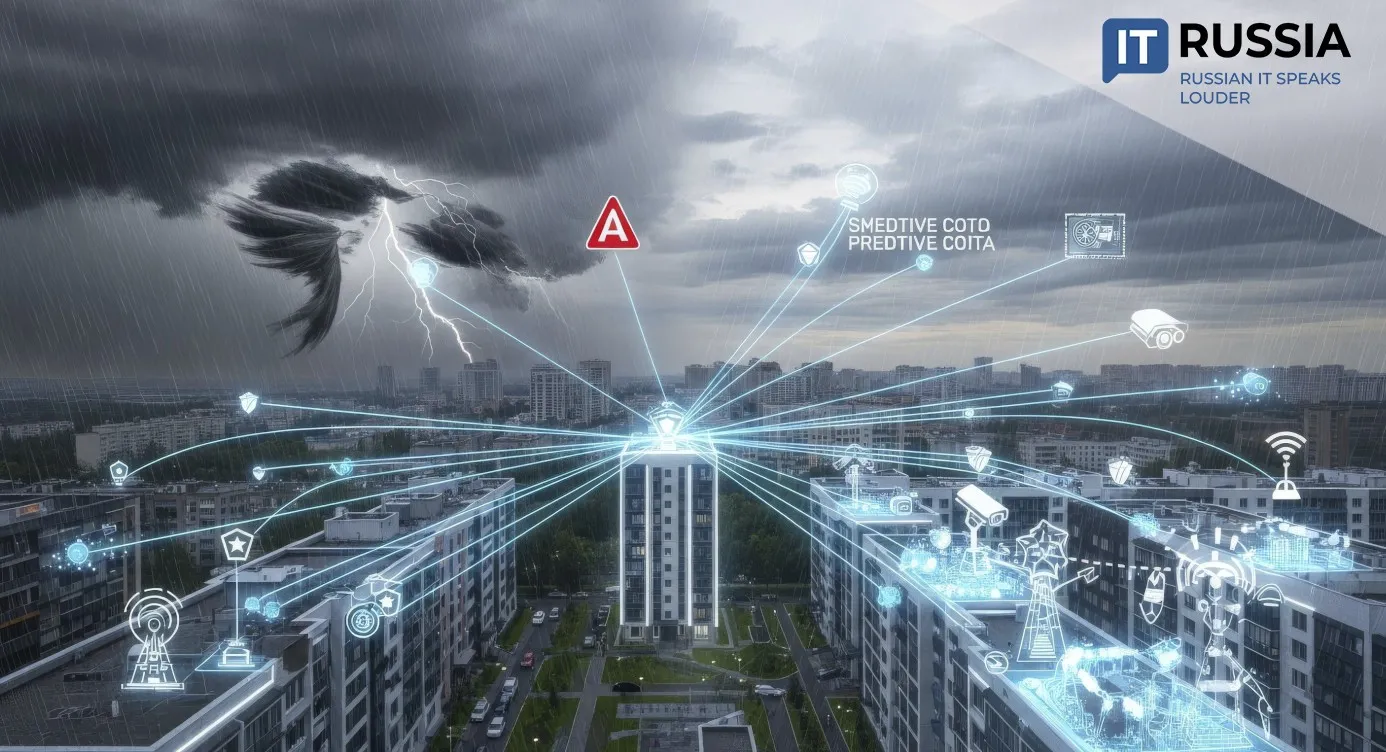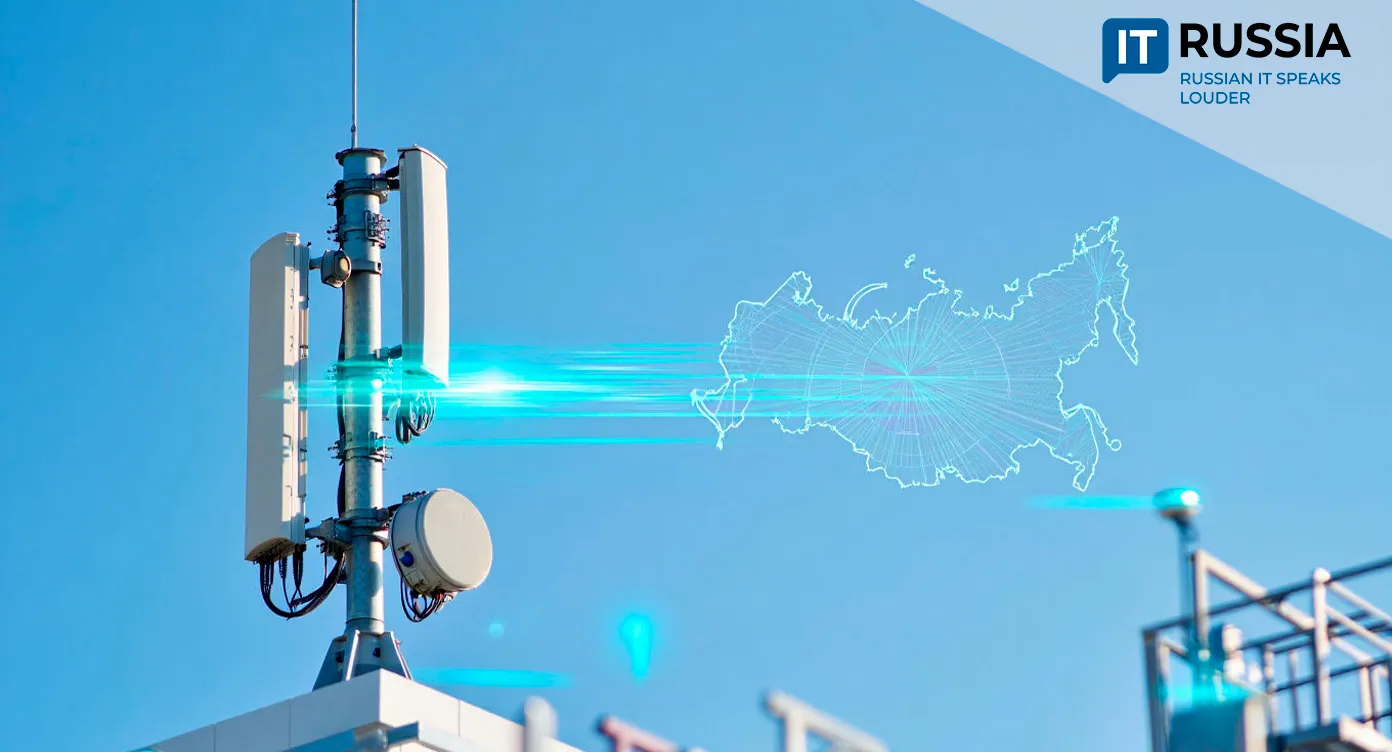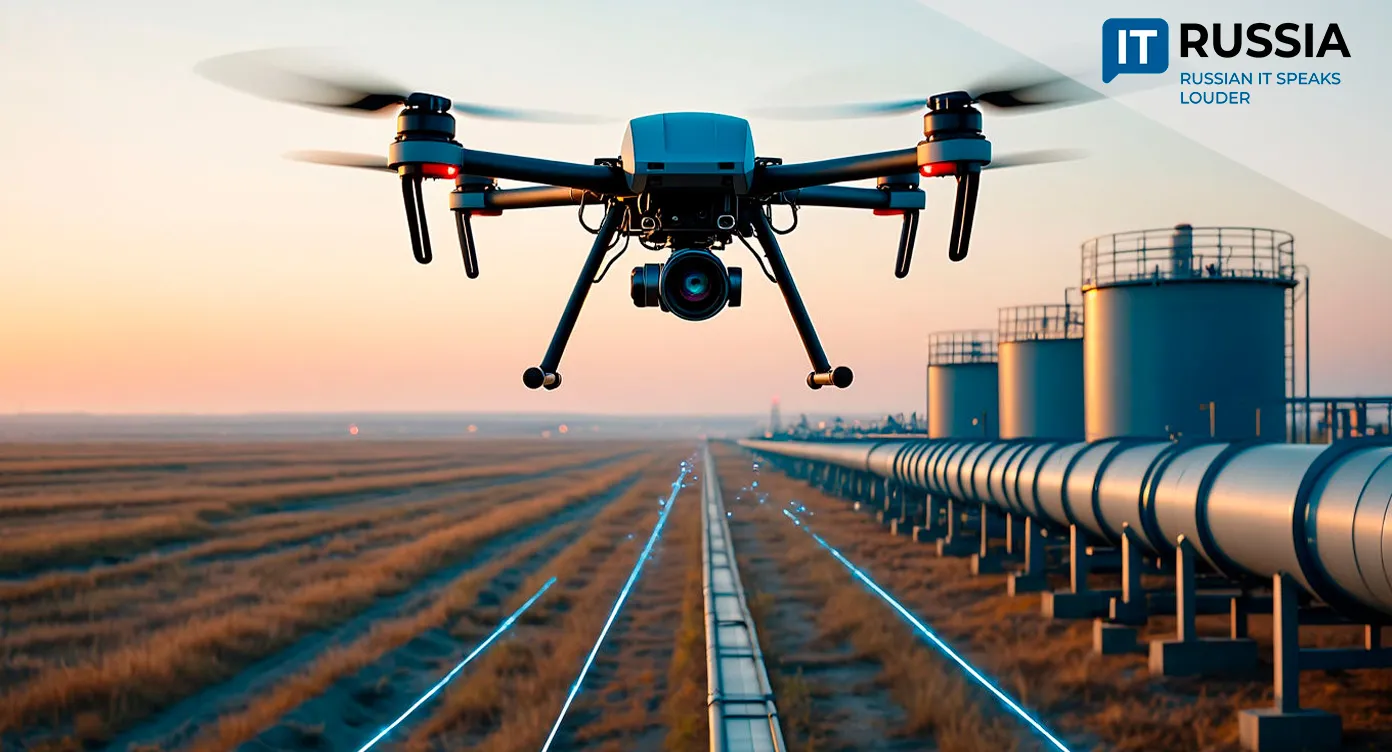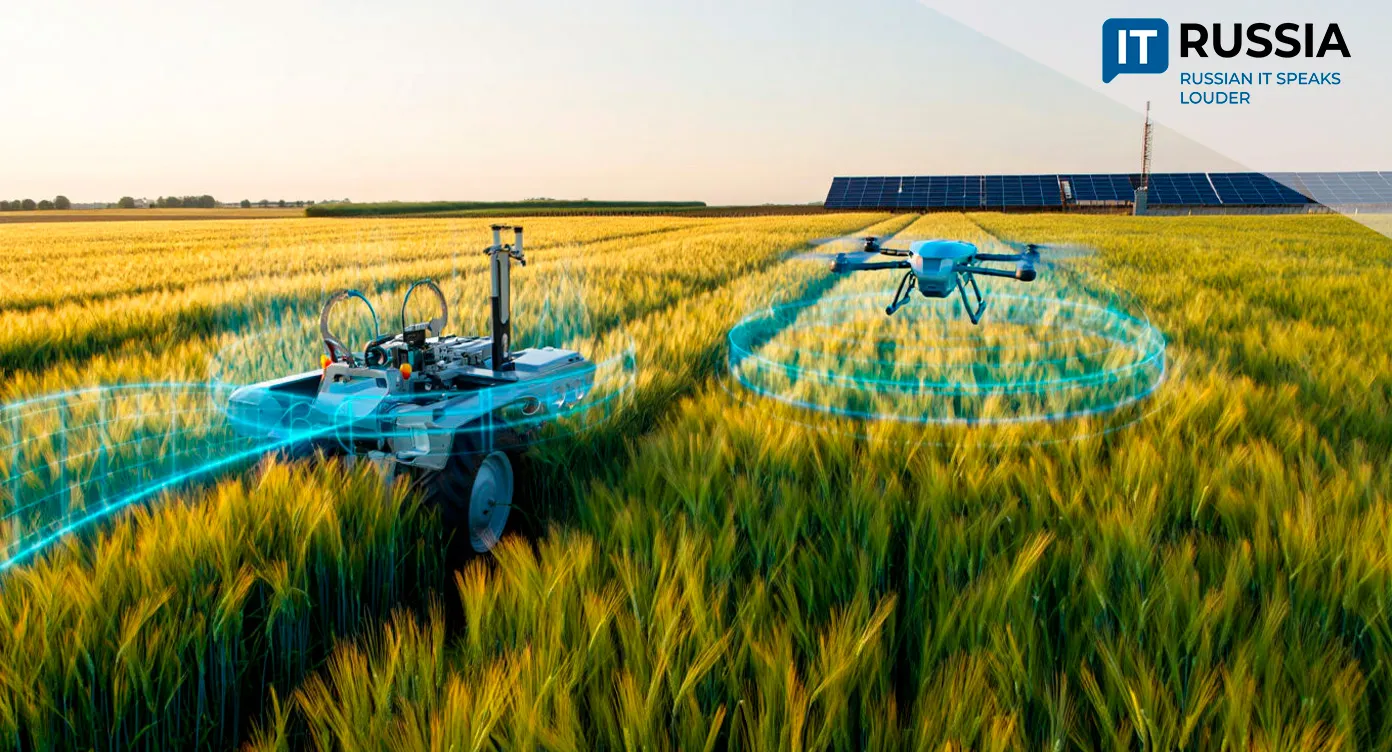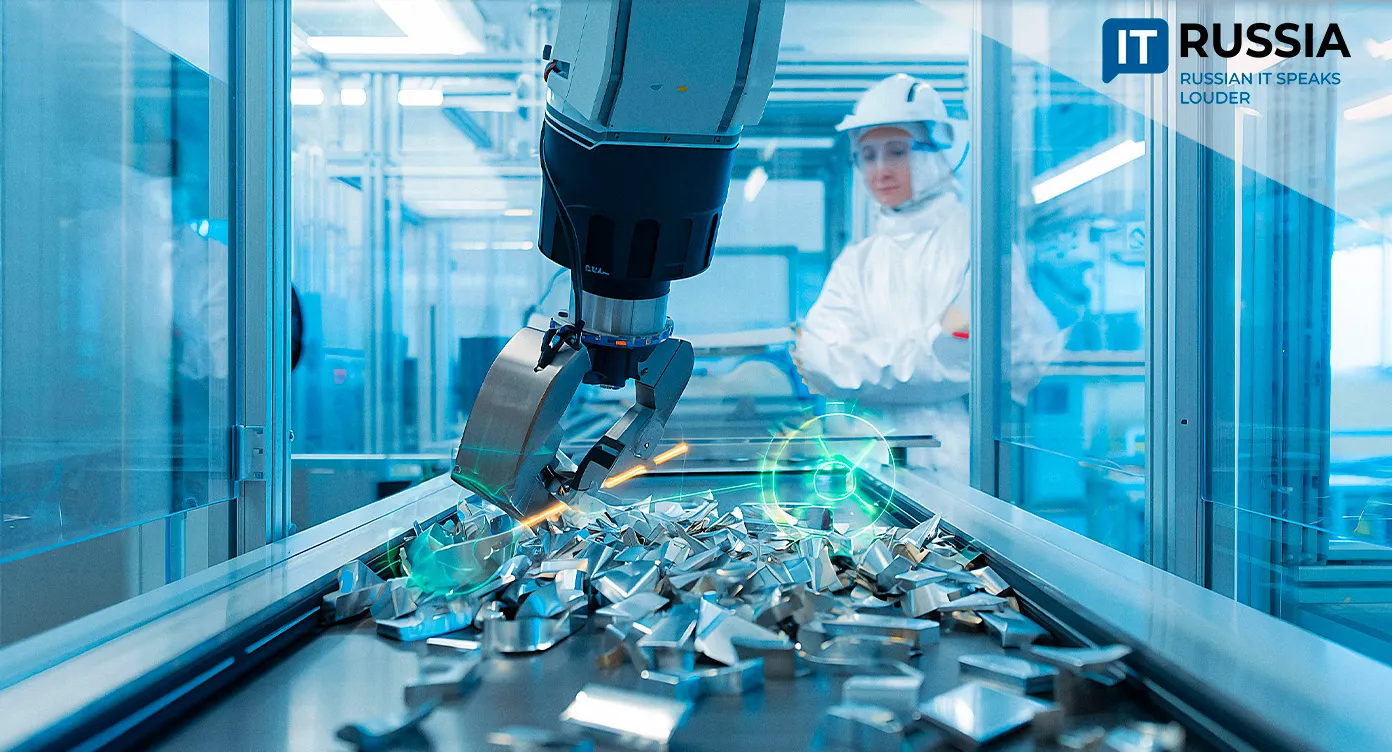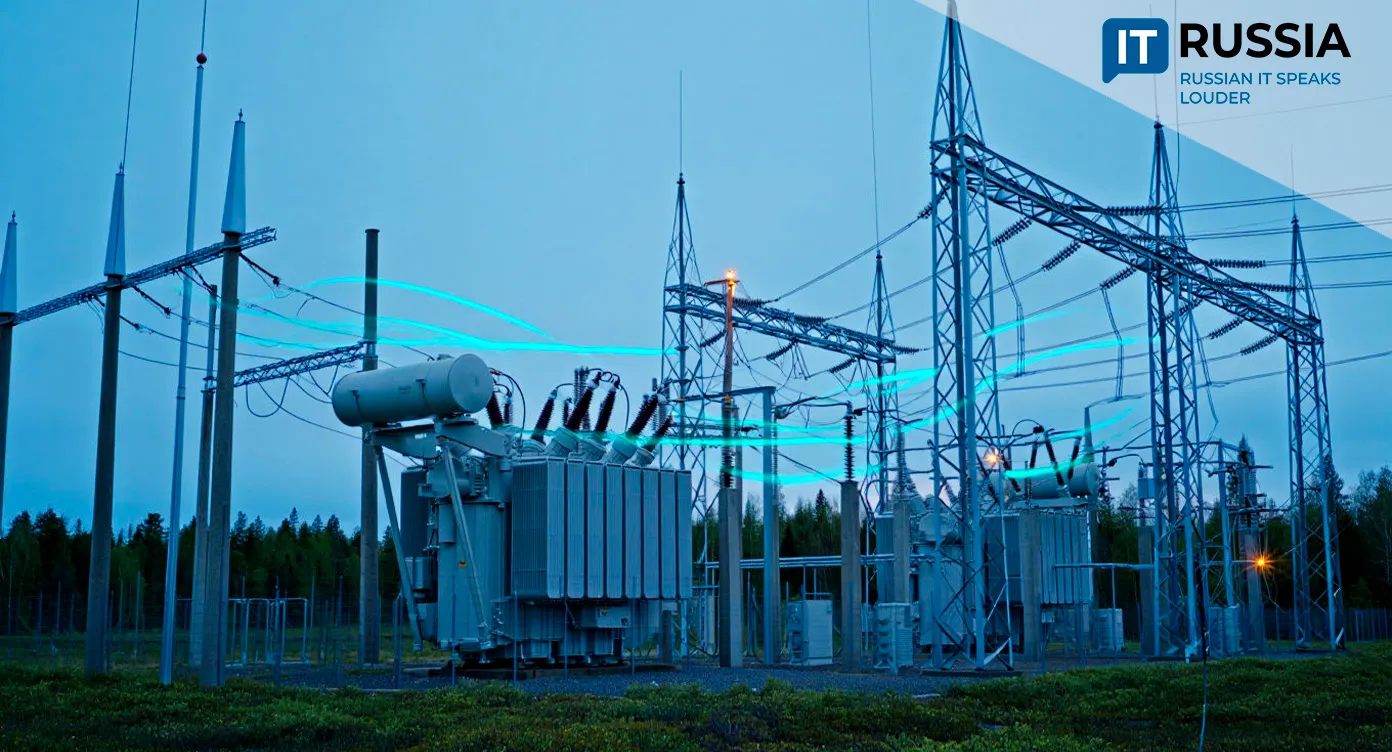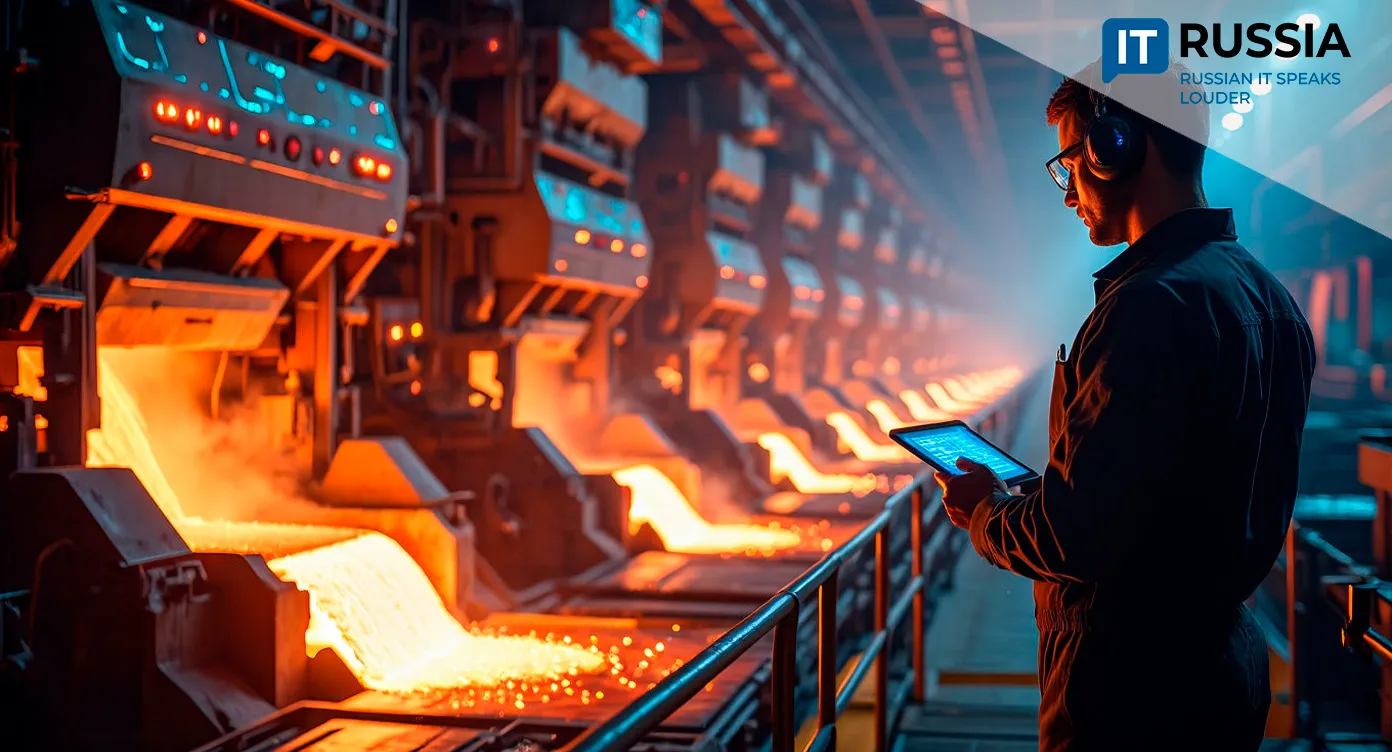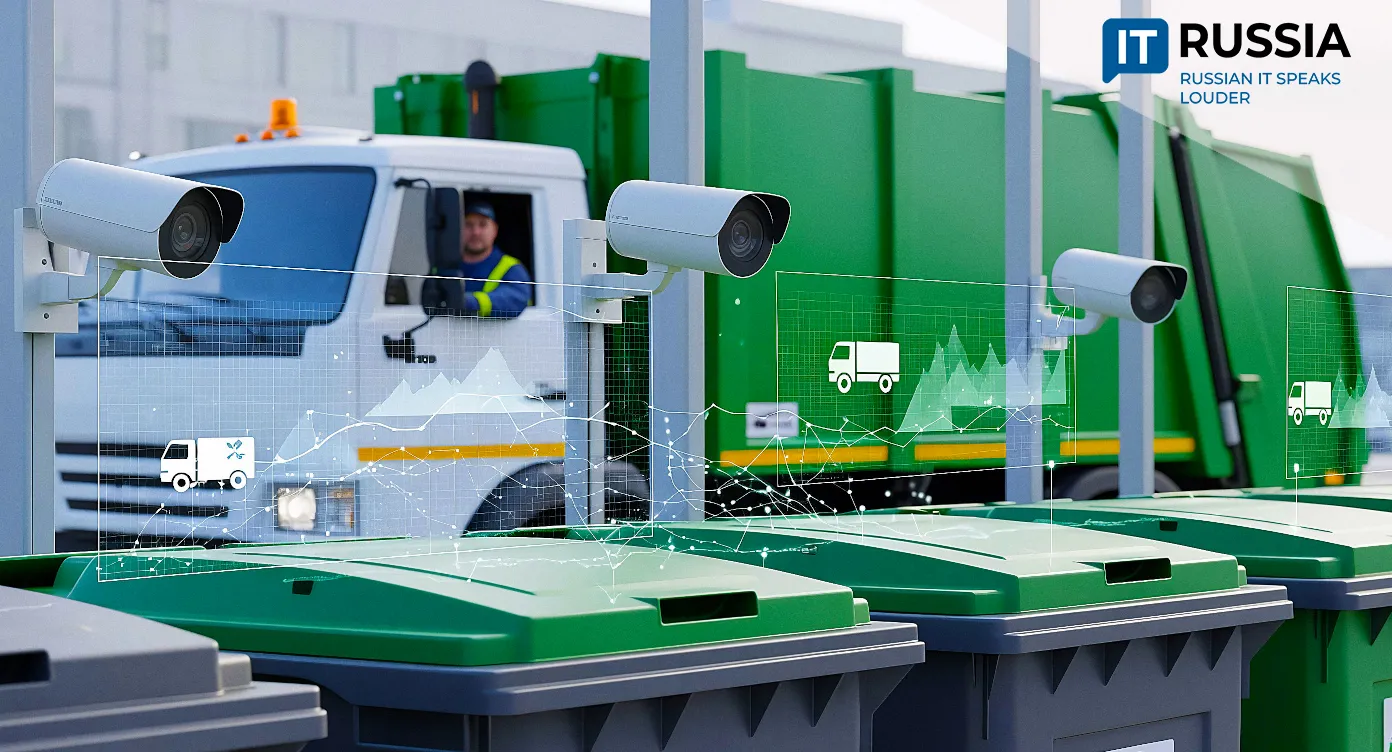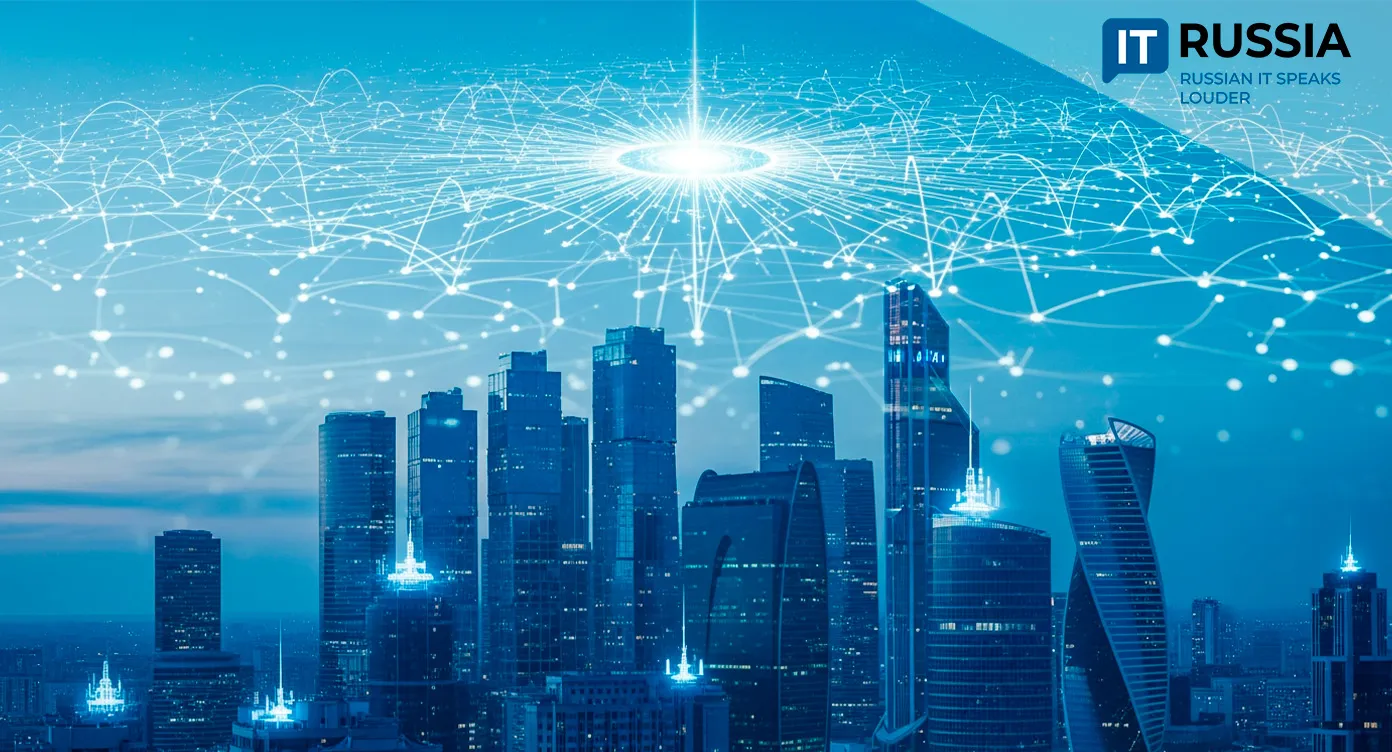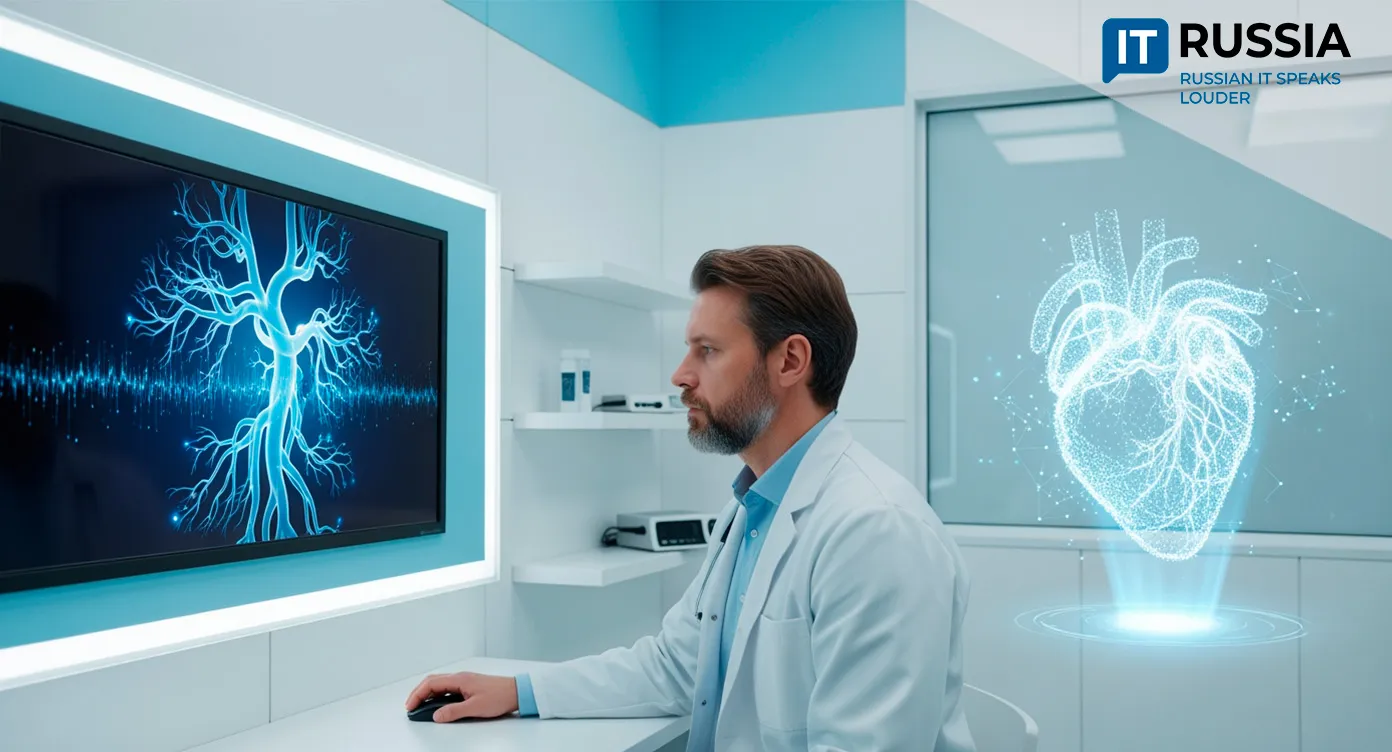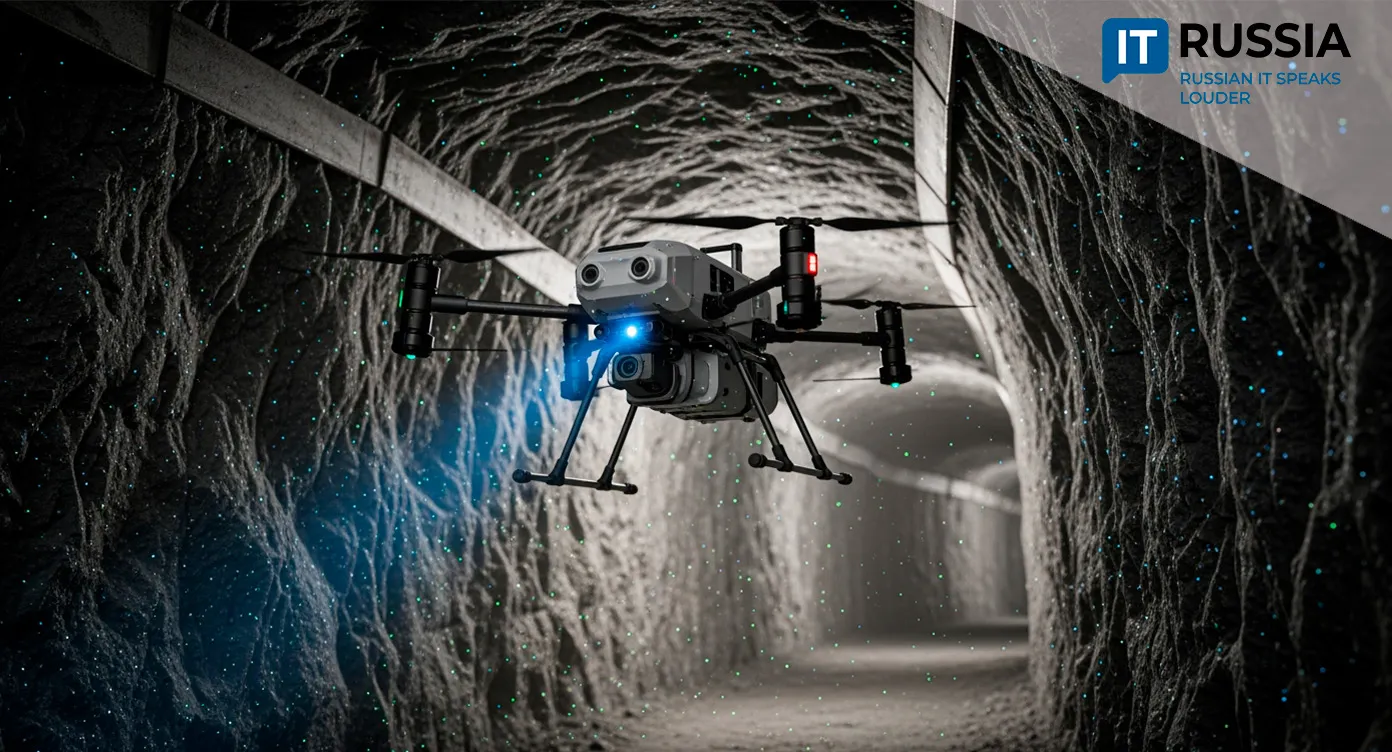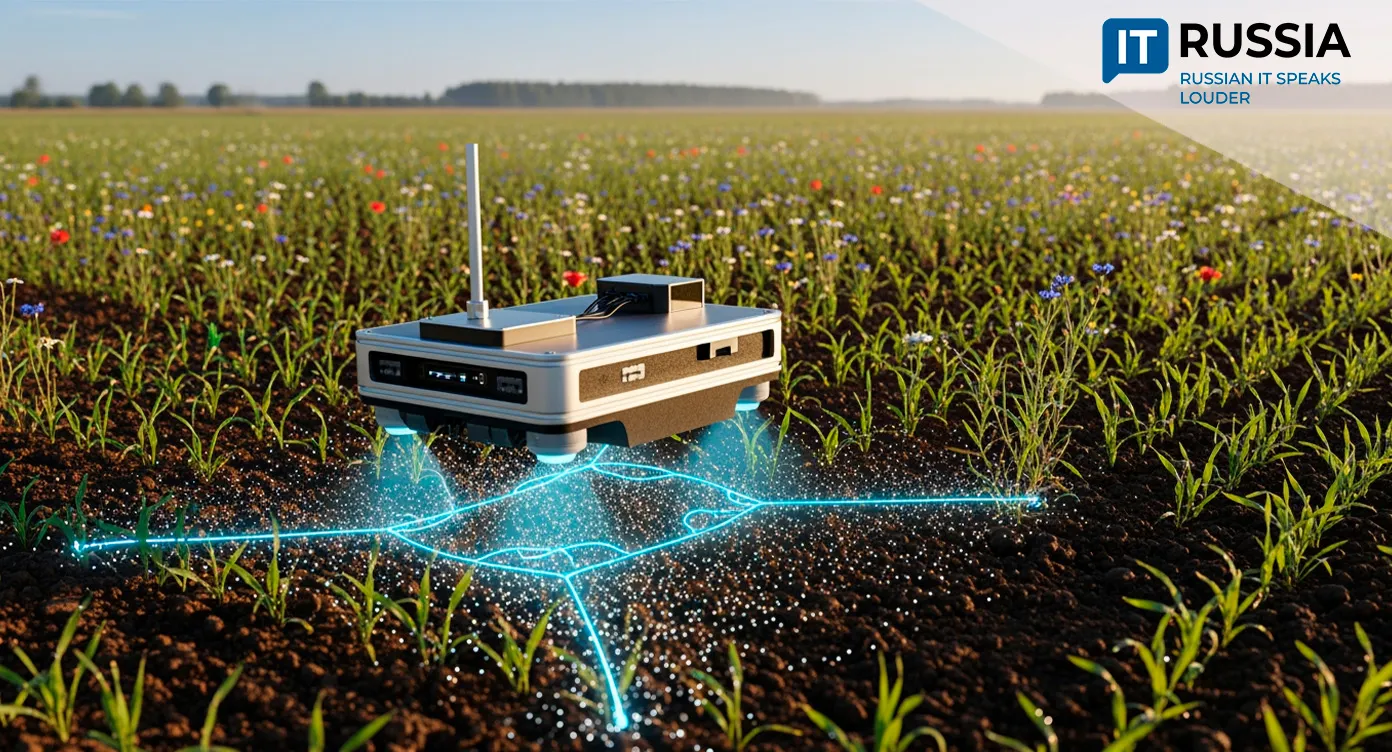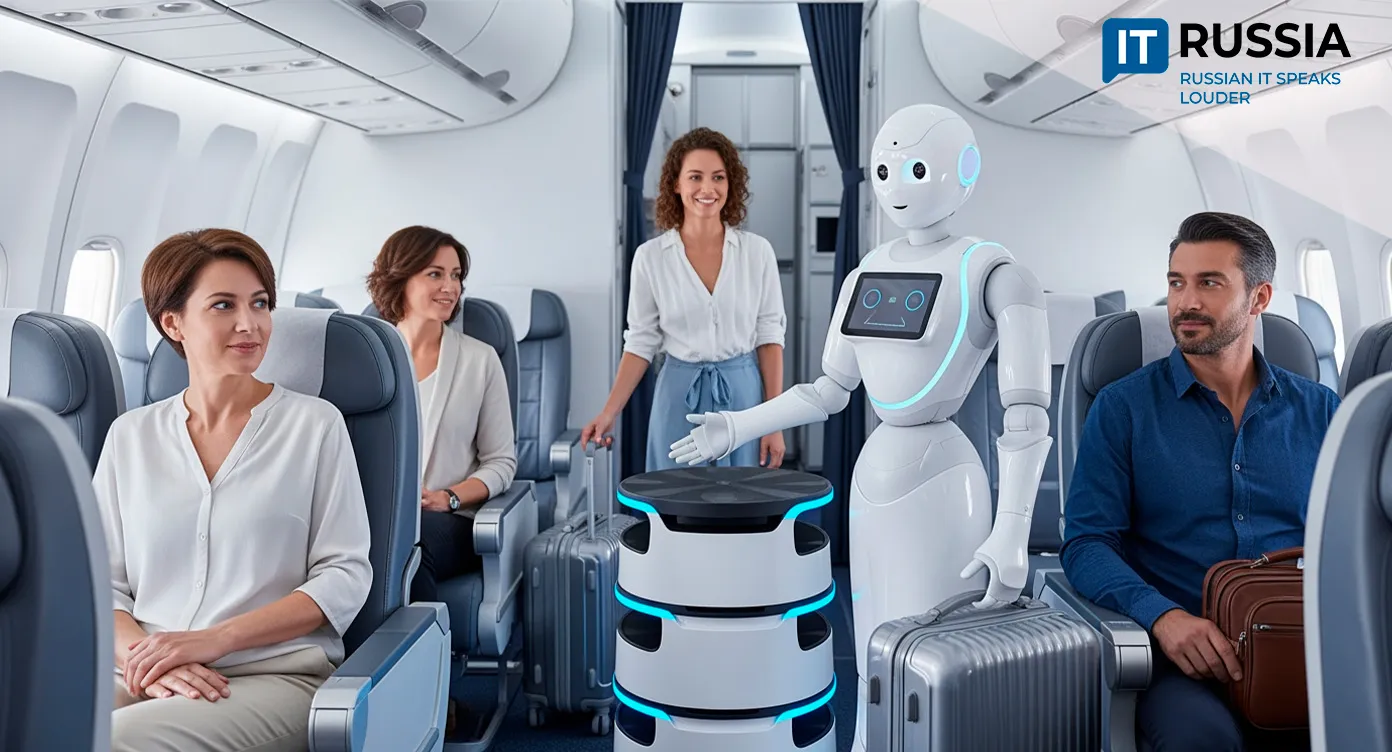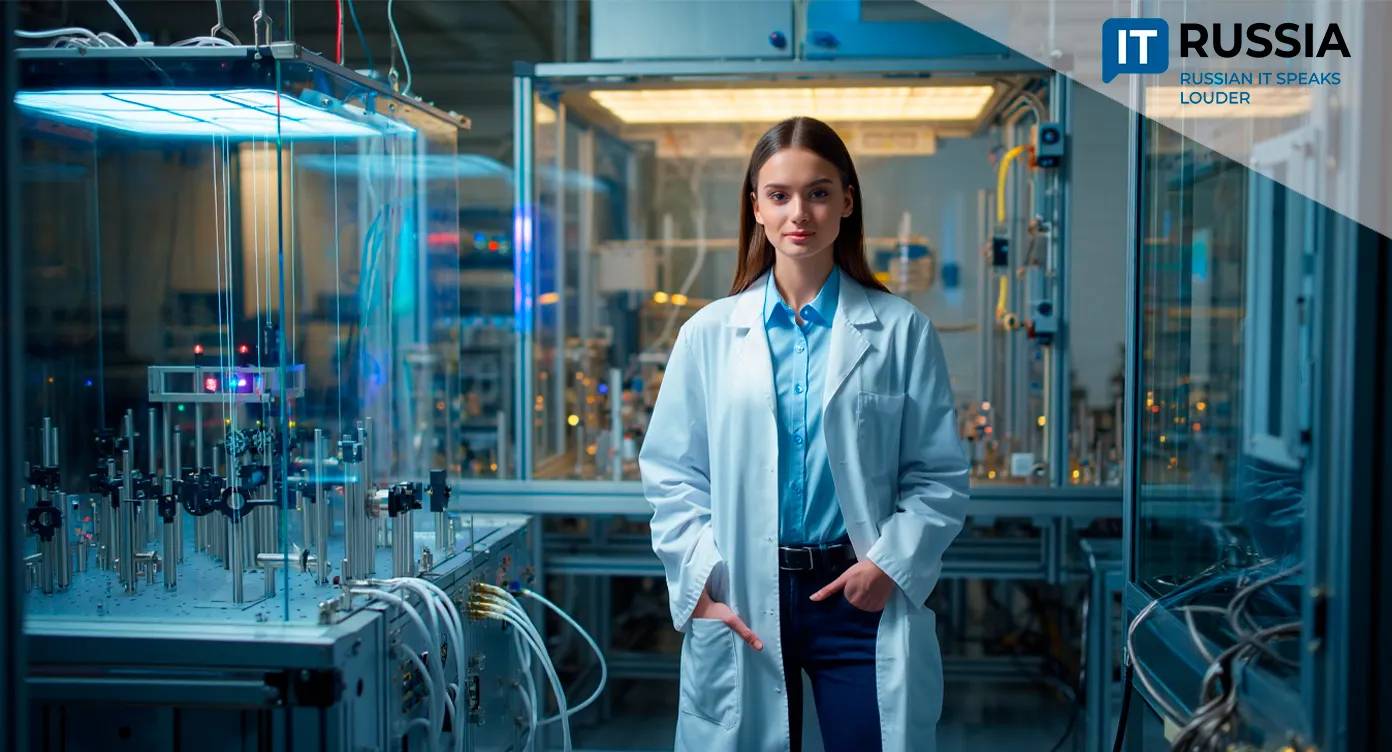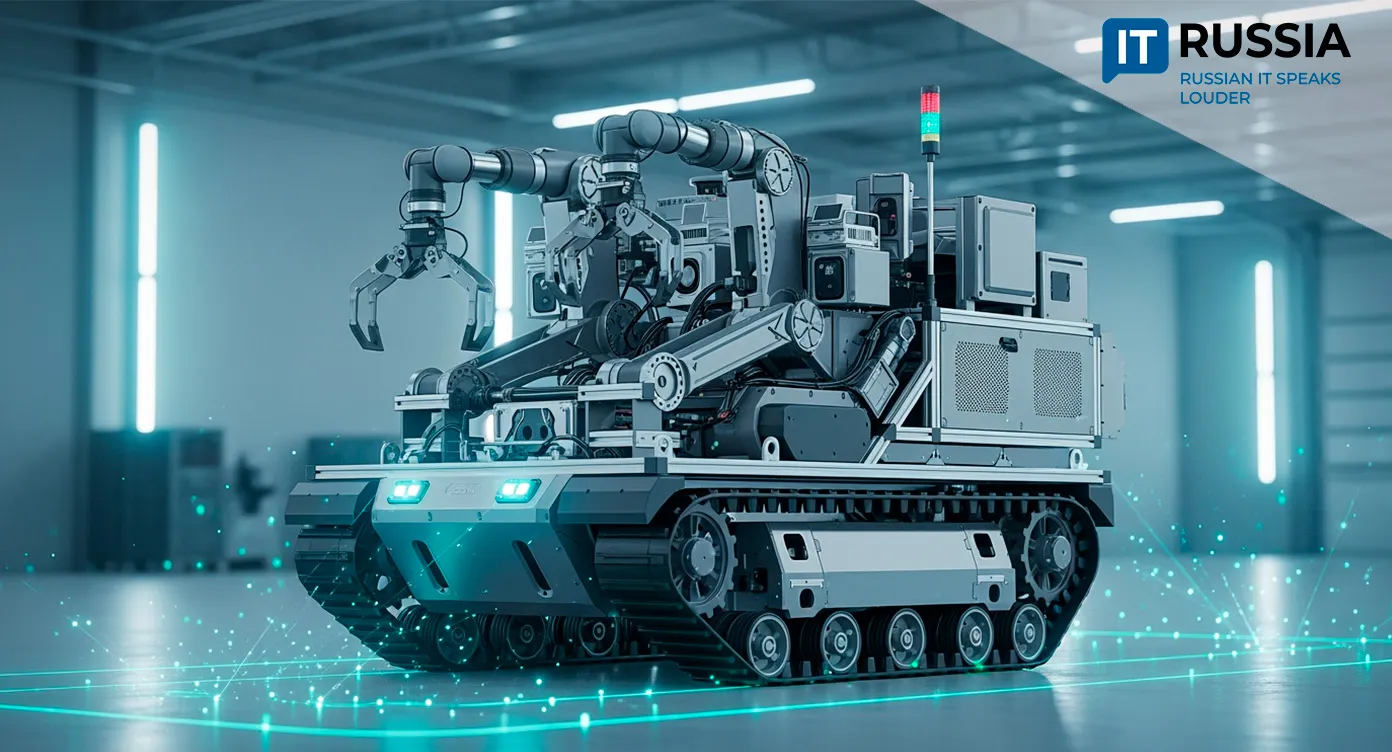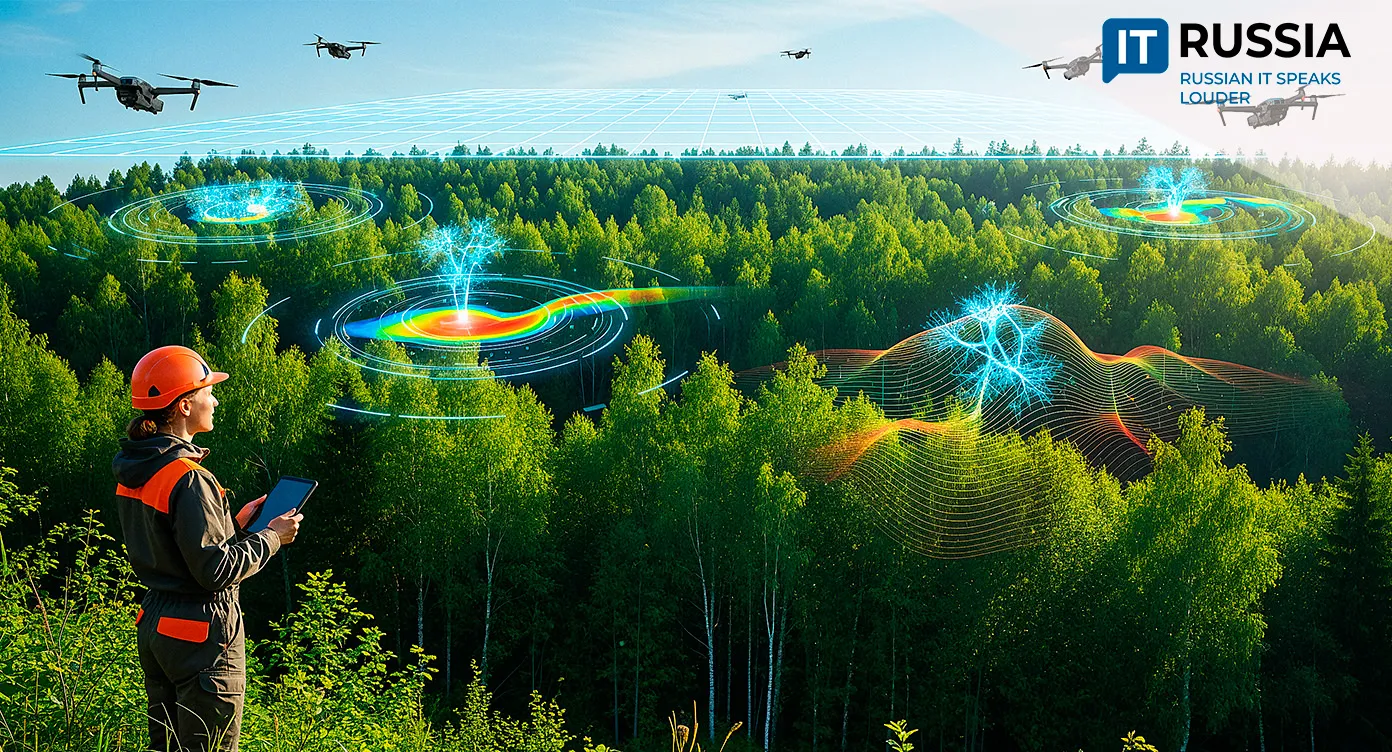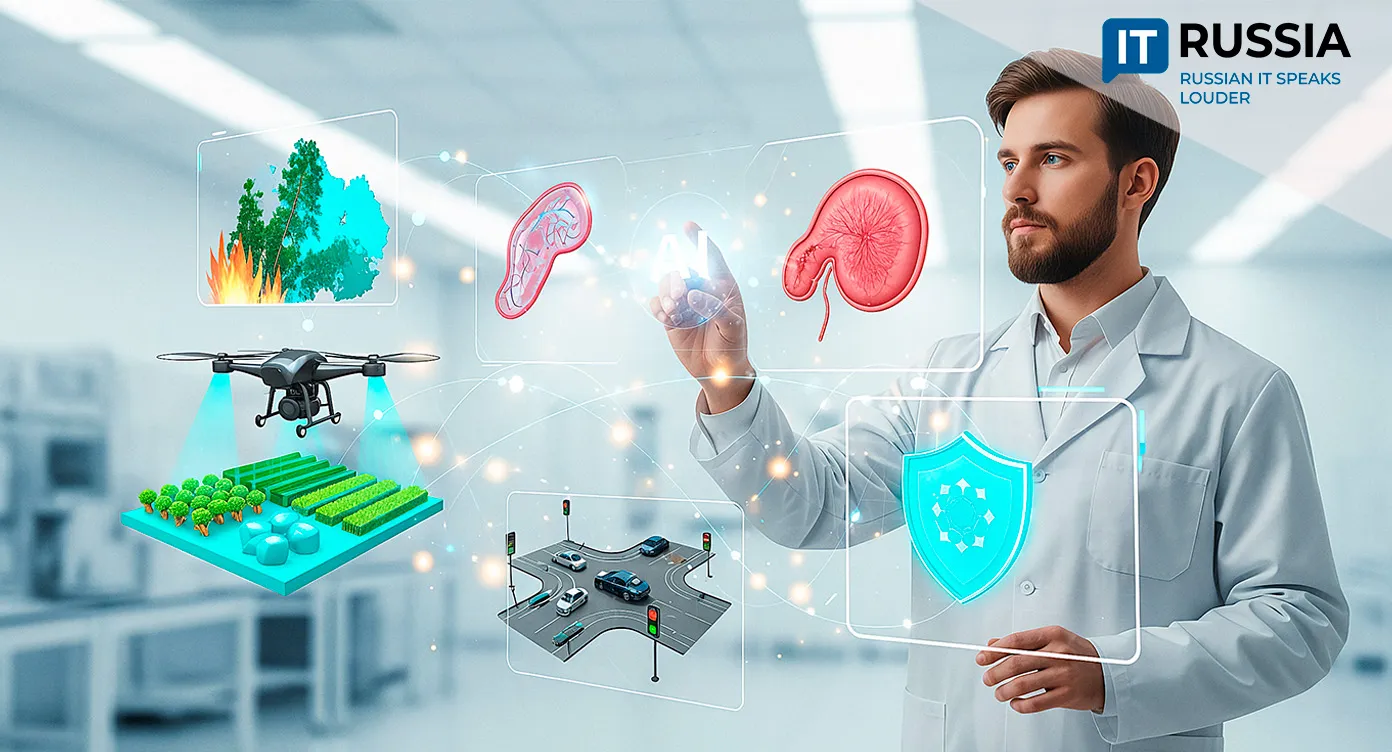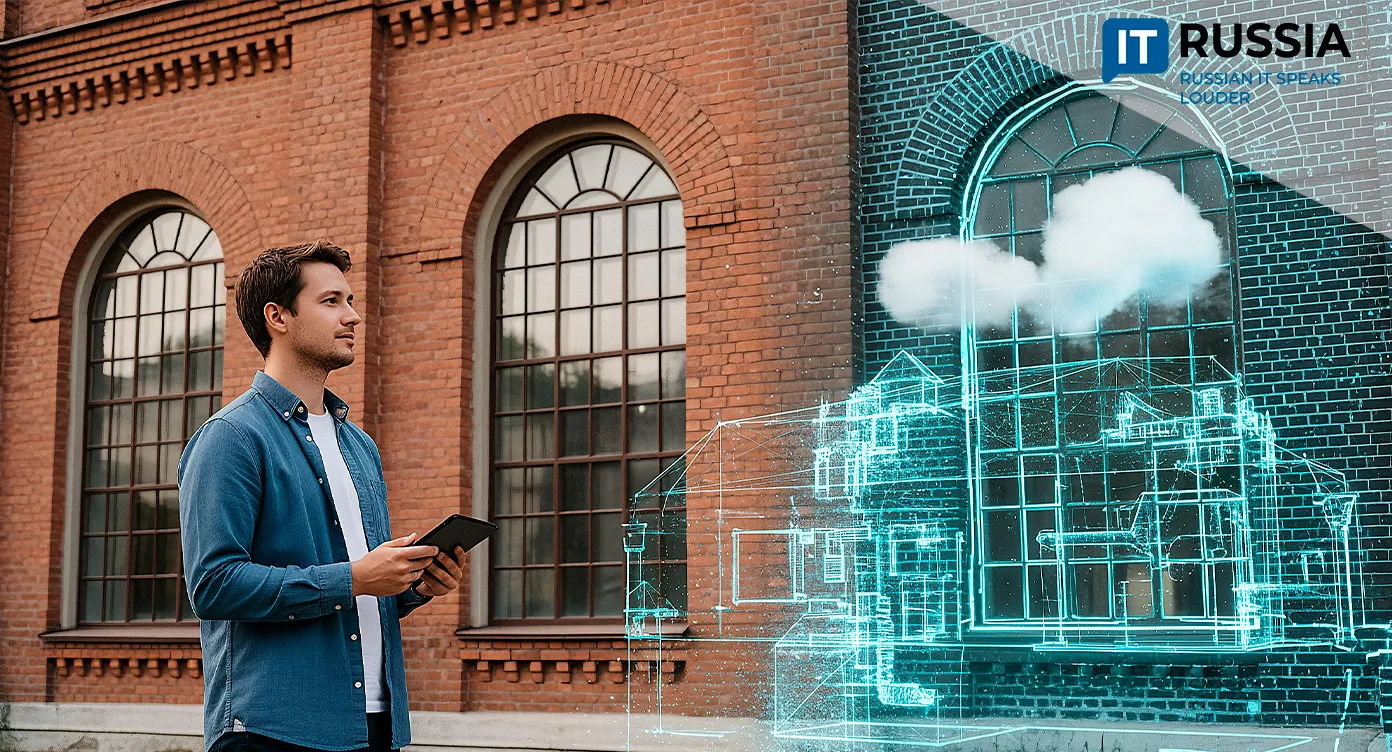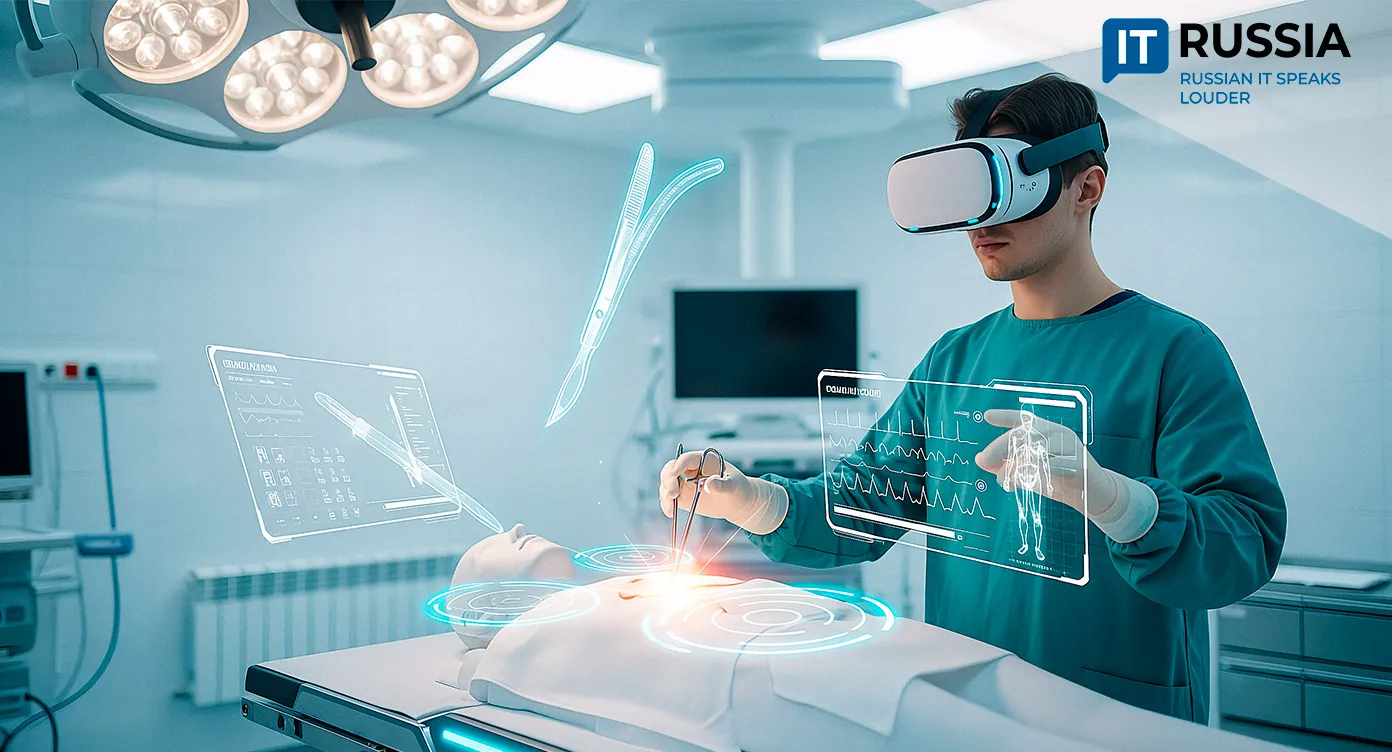Important Step in the Development of Russian Robotics
Important Step in the Development of Russian Robotics
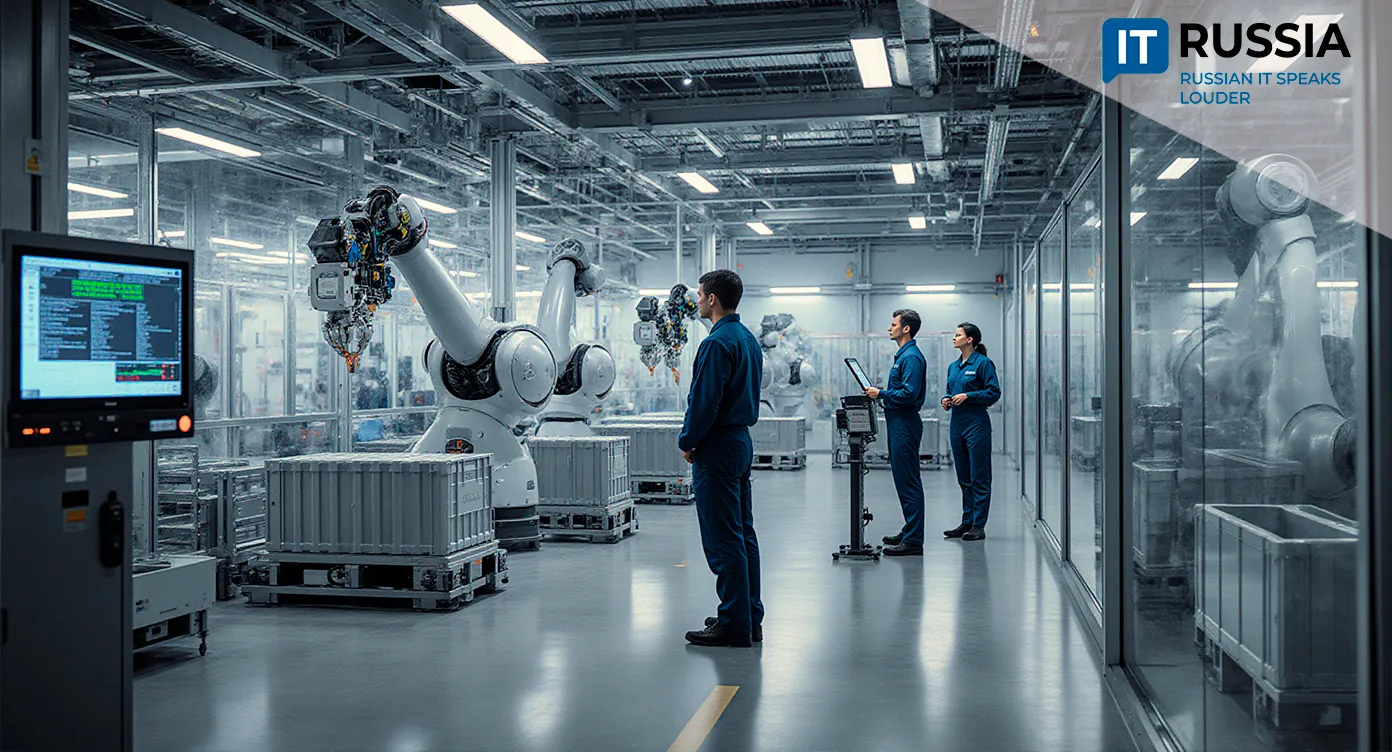
Robots for Flexible Automation – The Path to Technological Sovereignty
Construction has begun in Saint Petersburg on the country’s first factory for mass production of logistics and industrial robots. The project is being developed by Semargl (part of the INTRATOOL Group) within the Novo-Orlovskaya Special Economic Zone (SEZ) in the city’s Primorsky District. The investment exceeds 570 million rubles (about $6.8 million), the total production area will reach 7,000 square meters, and the launch is planned for 2026.
The plant will manufacture robots for flexible production systems—adaptive automation complexes capable of handling a wide range of industrial tasks. This initiative represents a vital step toward Russia’s technological sovereignty: until recently, most of such robotic systems had to be imported, leaving domestic manufacturers vulnerable to sanctions and logistics disruptions.
The project aligns with the broader development strategy of the Novo-Orlovskaya SEZ, which is fast becoming a hub for high-tech industries. By 2026, a new R&D center for unmanned aerial systems will open there, and earlier this year authorities approved the construction of a Low-Temperature Catalysis Technologies complex with an investment of over 2 billion rubles ($24.4 million).
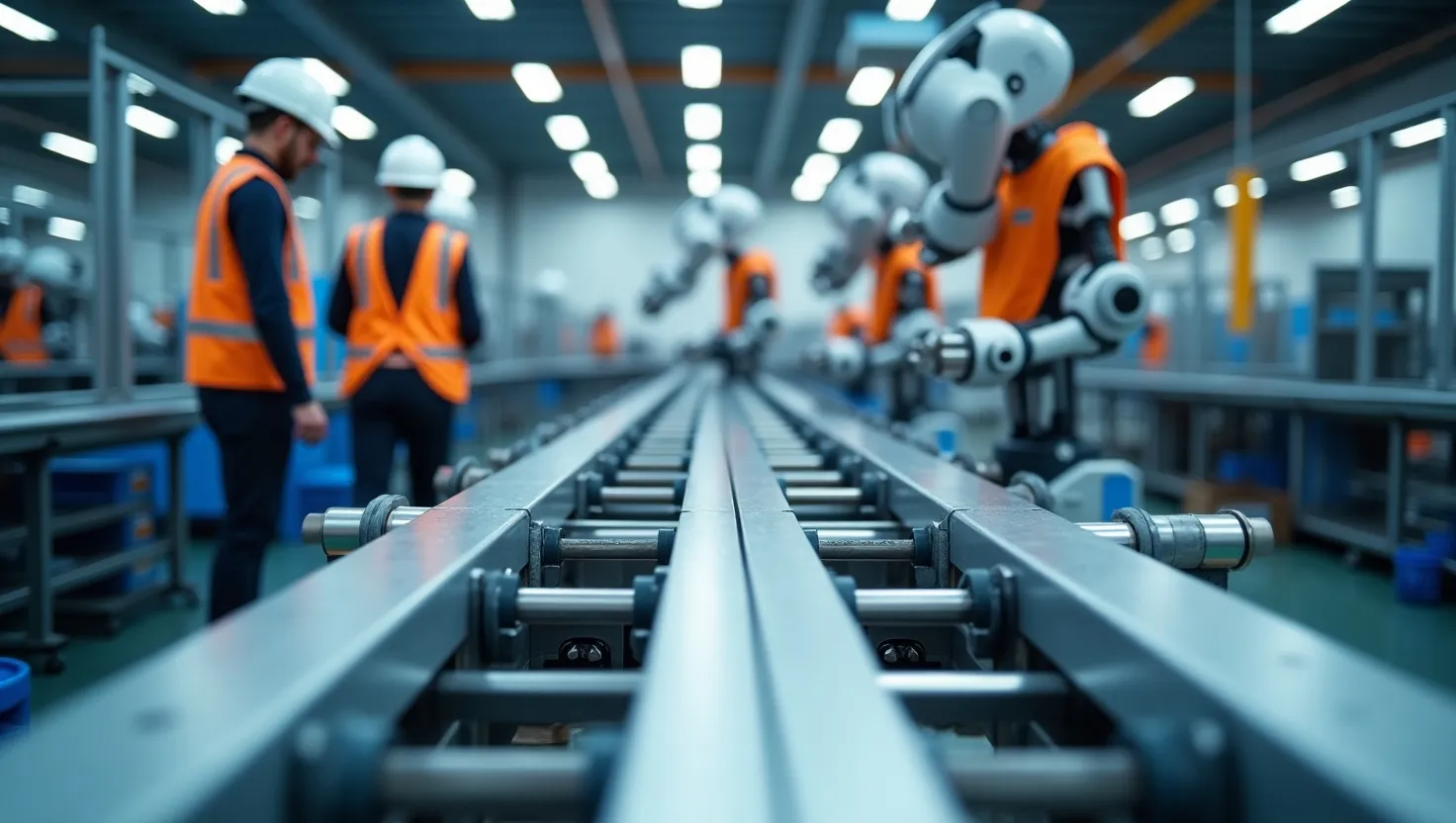
Recently, Saint Petersburg officials also approved five new projects in the SEZ totaling nearly 9 billion rubles ($109.8 million), signaling the city’s growing commitment to building a full-fledged innovation cluster. The city already leads Russia in the density of industrial robots: there are 130 robots per 10,000 workers—far above the national average.
The Core of an Innovation Cluster
In 2023, Russia’s industrial robotics market grew by 15%, yet domestic systems accounted for only 20% of installations. The launch of the Saint Petersburg facility could change that balance by accelerating digitalization across manufacturing and logistics.
For the city and the entire Northwestern region, the new plant will mean more than just production capacity. It will generate dozens of highly qualified jobs, stimulate demand for local suppliers—from electronics and mechatronics to software—and strengthen the city’s status as a center for advanced mechanical engineering. Experts predict that the expansion of robotics within the Novo-Orlovskaya SEZ could boost the contribution of the high-tech sector to the city’s economy by 5–7% within five years.
Nationally, the project fits squarely into Russia’s strategy for technological independence. Reducing reliance on foreign robotics—particularly under sanctions—has become a matter of critical importance. For businesses, the benefits are clear: warehouse automation reduces logistics costs, increases order-processing speed, and improves inventory accuracy. That’s particularly relevant for large retailers, e-commerce platforms, and logistics operators aiming to enhance efficiency. There’s also potential for public-sector adoption—for example, to modernize postal infrastructure or state reserve facilities.
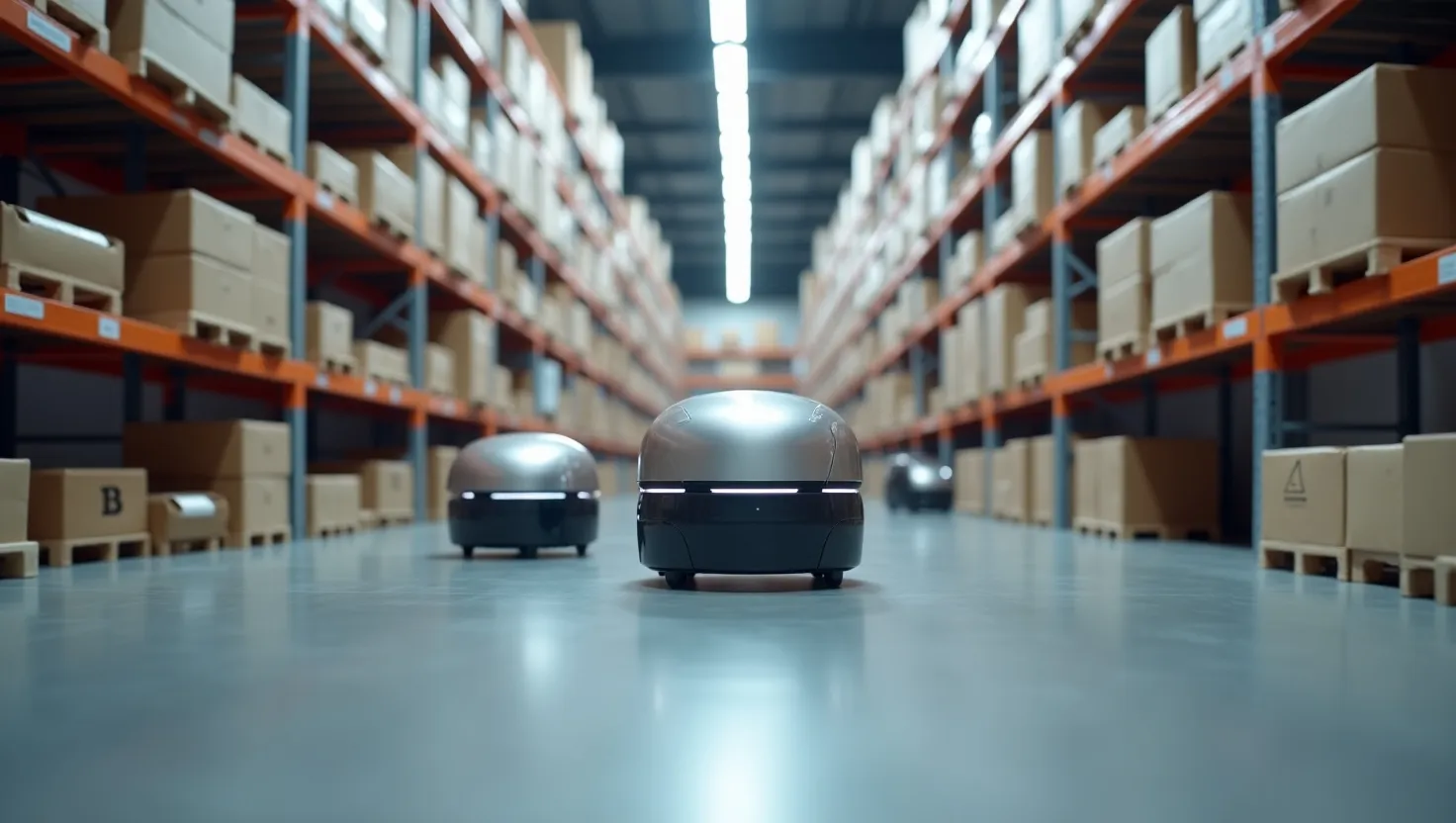
Export Challenges and Niche Markets
Export prospects for Russian-made robots remain limited for now. Competing internationally demands not only reliability and advanced software integration with WMS and ERP systems, but also a proven track record—an area dominated by giants such as KUKA, ABB, and Amazon Robotics. To compete, Russian manufacturers must either offer significant price advantages or highly tailored solutions for specific environments. Near-term export potential looks stronger in CIS and Latin American markets, where affordability and local support are major factors.
Workforce shortages pose another challenge, but this issue is already being addressed. Under Russia’s national robotics development program through 2030, 350 billion rubles ($4.2 billion) will be allocated, with 33 billion rubles ($402 million) distributed over the next two years. The funds will go toward subsidies and the creation of robotics training centers. Companies like Yandex Robotics are developing universal software that enables robots from different manufacturers to communicate and work together.
From Importers to Technological Leaders
Alongside Intratool, several Russian firms are actively developing industrial robots, including Promobot, Androidnaya Tekhnika, and Cognitive Technologies. One of the key players, COMITAS, a full-cycle systems integrator and logistics equipment manufacturer, has been automating warehouse operations since 2014. Since 2022, COMITAS has been producing its own logistics equipment and recently launched serial production of advanced warehouse robots at its facility in Solnechnogorsk, near Moscow, in partnership with Russia’s Ministry of Industry and Trade. The company is also considering expansion into the Stupino Kvadrat SEZ, which offers a favorable tax regime. Future plans include manufacturing robotic 3D-shuttle storage systems and high-bay stacker cranes.
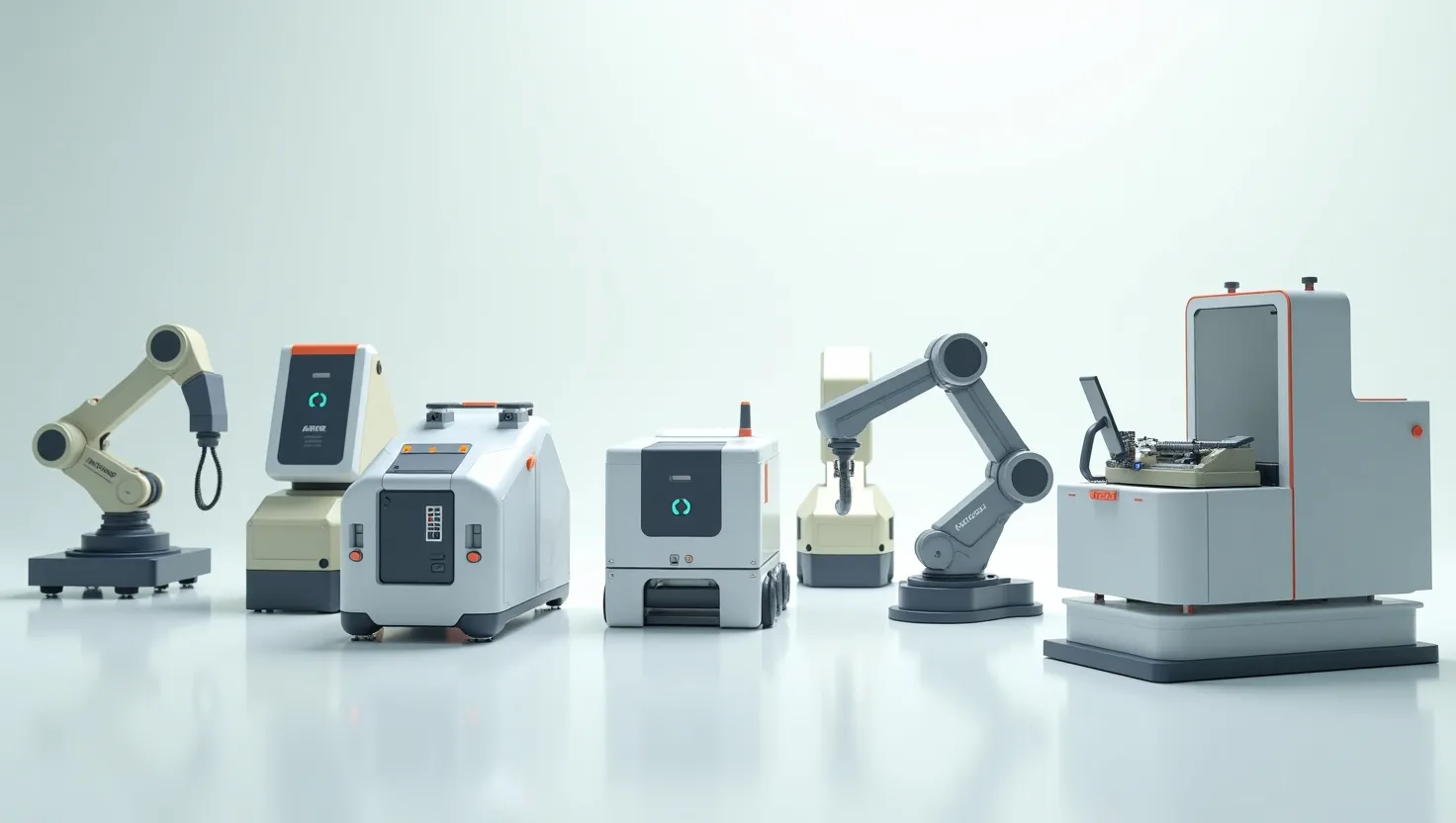
Another leader, Ronavi Robotics (part of the Rusnano Group), began mass production of AMR H1500 autonomous mobile robots in 2019 at its facility in Troitsk (Moscow region) and even opened a plant in the Netherlands to access international markets.
Still, overall production capacity across Russian manufacturers remains limited.
Strengthening Russia’s Position in the Global Tech Market
Russia appears well-positioned to replace imported robotics, given its rapid technological progress. Currently, 60–70% of core components and assemblies are already locally produced, and that figure is expected to reach 80–90% within five to seven years.
Against this backdrop, the Saint Petersburg initiative stands as an important milestone—but it’s far from the only one shaping the country’s robotics future.



